White flight impacted community after African-American families moved to U. City from St. Louis city
February 14, 2018
If somebody were to flip through a University City High School yearbook from 56 years ago, they might be surprised by the demographics of the school population because it is drastically different from the racial makeup of the student population today. A yearbook from the 1960-1961 school year pictured zero African Americans students in the senior class out of a total of 527 students. Compare this to the 2016 senior class, which pictures 126 African American students out of 132 total students pictured. Some might wonder what happened in those 56 years to change the demographics of University City High School so drastically. The culprit: white flight.
Dictionary.com defines white flight as “the movement of white people, especially middle class people, from inner-city neighborhoods undergoing racial integration to the suburbs.” White flight is a widespread issue throughout the country and University City High School experiences it first-hand.
Jewish population
Up until the 1970s, University City was a majority white, Jewish community. According to Ellen Bern, University City resident and parent of two alumni, “In St. Louis, many stores in the business districts, including the U. City, Maplewood, and Wellston Loop areas were Jewish.”
Diane Davenport, University City resident since 1965, teacher in the district from 1965 to 1988 and mother of two U. City alums, said that University City was about 80% Jewish and that the Jewish people wanted to create their own community.
“When I came to the district in 1965, we were super sensitive to the Jewish holidays,” Davenport said. “In terms of Jewish businesses, there were the bagelrys, tailor shops, bookstore–Paul Schoomer owned Paul’s Books which was in the old Cicero’s building.”
Housing laws
White flight started impacting University City and neighboring communities as more black families relocated here from the city of St. Louis. It was a difficult transition, not only in the schools, but also in the neighborhoods.
According to georgetown.edu, the Civil Rights Act of 1968, also known as the Fair Housing Act, “makes it unlawful to refuse to sell, rent to, or negotiate with any person because of that person’s inclusion in a protected class. The goal is a unitary housing market in which a person’s background (as opposed to financial resources) does not arbitrarily restrict access.”
Just because the law said that African Americans could live on your block, that does not mean it happened overnight. In fact, in 1968, St. Louis had its own landmark U.S. Supreme Court decision, Jones v. Alfred H. Mayer Co., where a black man, Joseph Lee Jones, accused Mayer Co. of not selling him a home in a particular North County subdivision because of his race. The Supreme Court ruled in Jones’ favor, based somewhat on the recently passed Fair Housing Act. It was not until after these cases were decided that black people began to move out of the city and despite issues such as discriminatory loan practices, were actually able to live in communities like University City.
Former University City Councilman Larry Lieberman was a part of the transition. In his 2011 obituary at stltoday.com, it said that Lieberman was appointed to the City Council in 1965 and served a total of 29 years. He “fought blockbusting and championed fair housing laws in University City, which became one of the first municipalities to adopt an open housing ordinance.”
It could be inferred that part of Lieberman’s passion was due to the fact that he and his family were impacted by blockbusting in their own neighborhood because the realtors didn’t want to increase the price of the homes. Stl.today said Lieberman was turned down for a loan in 1962 to build an addition to their University City home because “the neighborhood was changing.” As African Americans moved in, realtors offered white residents low prices to move out. The agents then sold to black families at higher prices and high interest rates.
Diane Davenport, a University City resident since 1965, a teacher in the district from 1965 to 1988 and mother of two U. City alums, believes that the housing situation in University City in the 60s definitely made it more difficult for black families to integrate into University City.
Davenport adds that instead of refusing to sell houses and rent apartments to people because of their skin color, realtors found a way around the law. One of the thing they did was to establish the occupancy number for an apartment at a low number so families larger than the established number would be forced to lie about how many people were going to be living in the apartment because they couldn’t afford to rent anything bigger.
“There was an undercurrent of racial discomfort because of black people moving here,” Davenport said.
In fact, according to Davenport, U. City alumnus and CEO of Beyond Housing Chris Kreymeyer said there was an University City ordinance prohibiting “for sale” signs in yards during the late 1960s and early 1970s. By doing this, African Americans, in particular, had no way of knowing when homes were for sale.
One of University City’s solutions to this problem was to create a Human Relations Commission to discuss race relations, which according to Davenport, didn’t solve anything. According to stltoday.com, Lieberman was a founding member of the African-American/Jewish Dialogue Task Force, sponsored by the Urban League and the Jewish Community Relations Council, which met monthly for more than 20 years to build understanding and friendships.
Impact on school district
However, with the increase of black kids moving into the school district, many white people who attended University City High School became uncomfortable with the demographic shift.
‘In U. City, black families were finally able to buy homes anywhere in the community, and began buying and renting homes here [University City],” Bern said. “This social change was very evident in the school population. Many white families were not comfortable with the change in demographics and many white families moved away in a few years.”
Rabbi Jeffrey Gale graduated from U. City in 1971 and said his three years at U. City were at the height of the transition. He described one incident where racial tension became so thick over the viewing of a KKK movie for a humanities class that African American students set fire to the Little Theatre.
“The tensions in that room [after the showing of the film] was something you could cut with a knife,” said Gale.
Slowly, more and more white families were taking their children out of the high school and sending them to schools outside of the University City School District.
“Overall, the district’s enrollment has declined over the last 10 or more years,” Dr. Sharonica Hardin-Bartley said. “This decline has impacted all student populations, not just white families. My husband is a 1994 University City High School graduate. Even then the student population was approximately 75-80% African American. I think the comprehensive impact of declining enrollment, black, white, and other racial/ethnic groups affects our district.”
Future of school district
Hardin-Bartley prefers to look forward and recognizes the value of a diverse school district.
“We want to have a viable learning environment,” said Hardin-Bartley. “One that reflects the larger global community so diversity is important. Also, we need to maintain or increase enrollment so that we can continue to implement the amazing academic, extracurricular, and athletics programs that all families desire.”
In order for the school district to thrive, it would be helpful if the community would get past the negativity associated with our schools. After an extensive community engagement process last spring, the feedback Hardin-Bartley received was “eye opening.” She said that some constituents have never been in our schools, yet they have a negative perception.
“In some instances, our academic data does not reflect excellence,” said Hardin-Bartley. “We must and will do better. Finally, I believe that as a school community, we must do a better job of authentically telling our story. We have wonderful students, awesome programming and tremendous opportunities for students. I’m excited about our Learning Reimagined approach and believe that the three pillars, humanize, personalize, and problematize will enable us to refine our practices while doing what is absolutely best for all students.”
Bern thinks a U. City education was valuable experience for her two sons.
“I believe, and both of my UCHS alums sons would agree, that attending U. City schools as a white minority student helps you learn how to work with, understand and befriend people from many different backgrounds,” Bern said. “This can be a difficult skill to learn as an adult. In our rapidly changing world it is becoming more important than ever to get along with all kinds of people. The U. City experience helps prepare students for this. Students can get an excellent education at UCHS, if they choose to.”
Bern continues that the high school has many outstanding teachers, welcoming sports teams and clubs and many leadership opportunities.ww
“I always recommend that families should take a closer look at our public school system,” Bern said. “It has been a great experience for my family.”

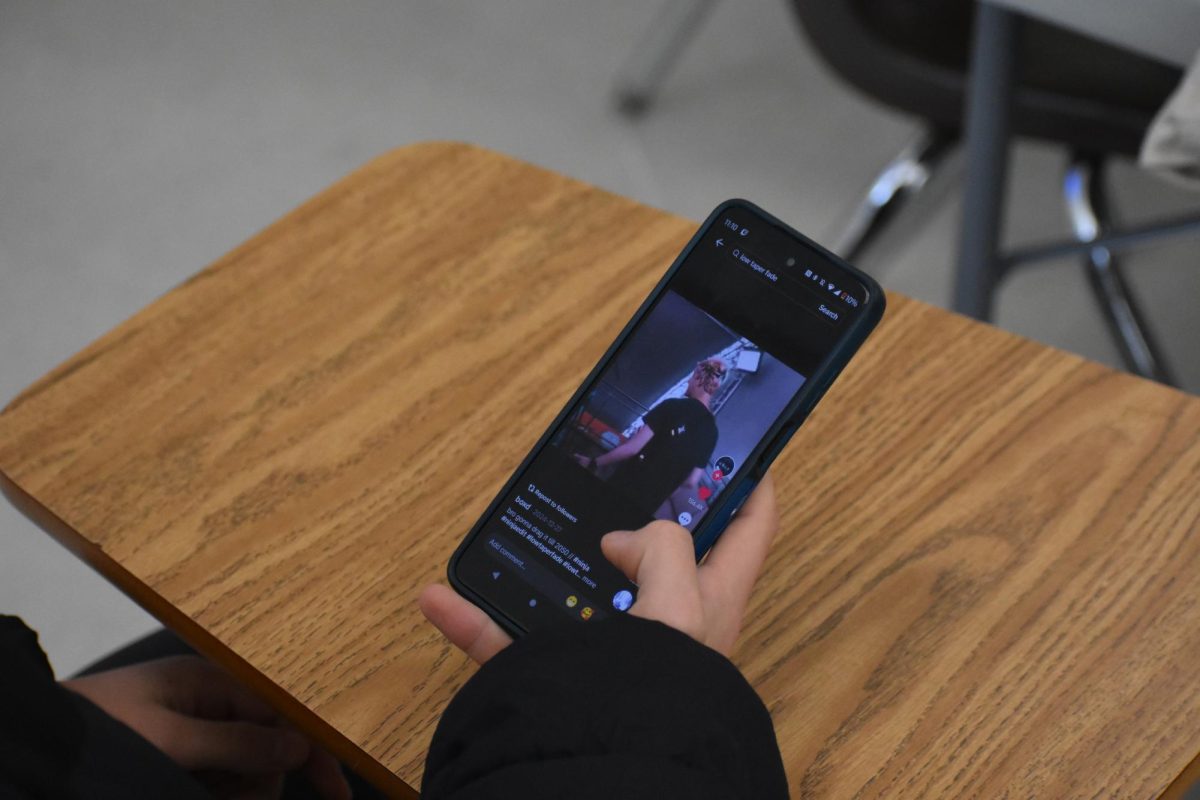
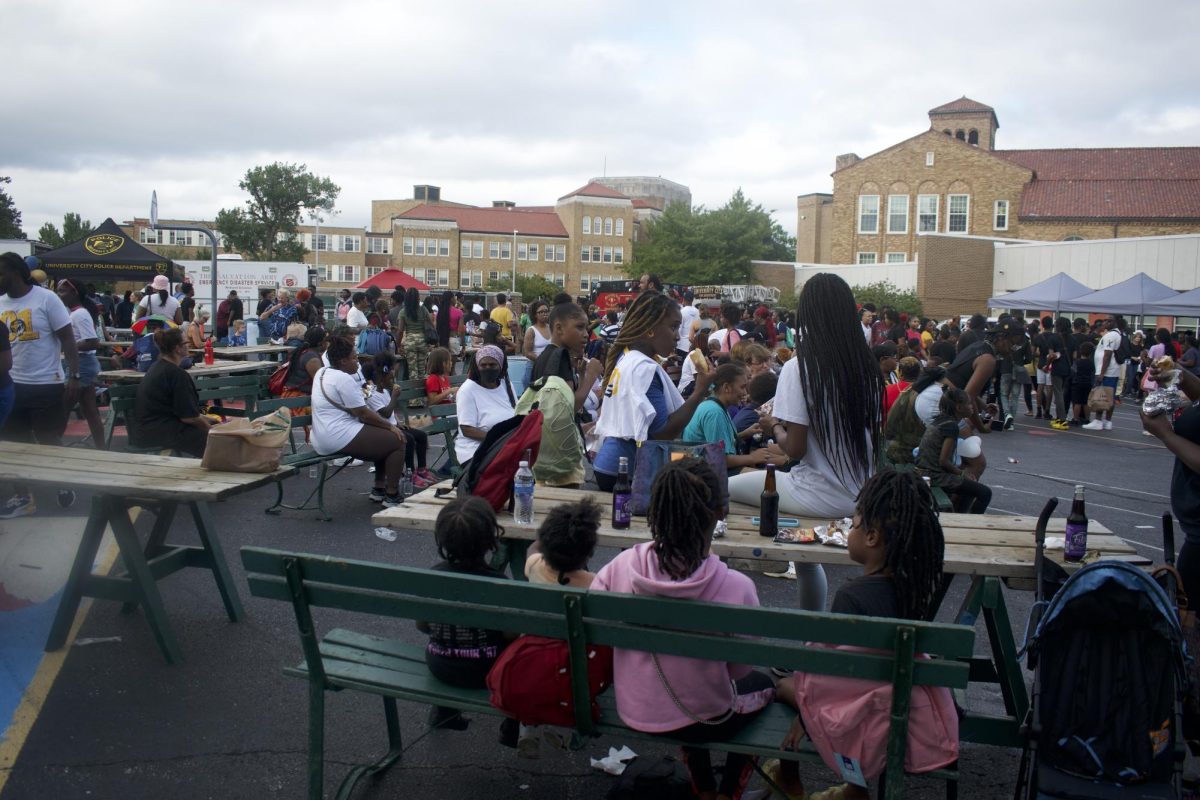
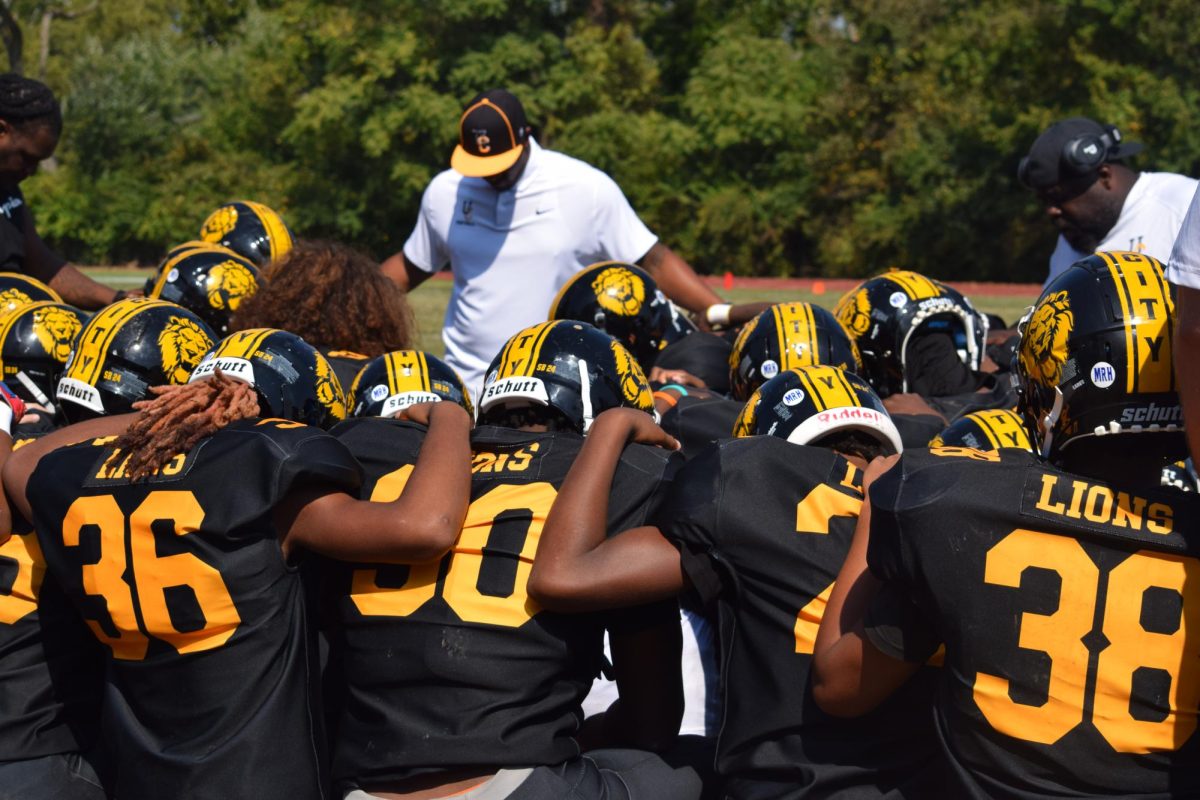
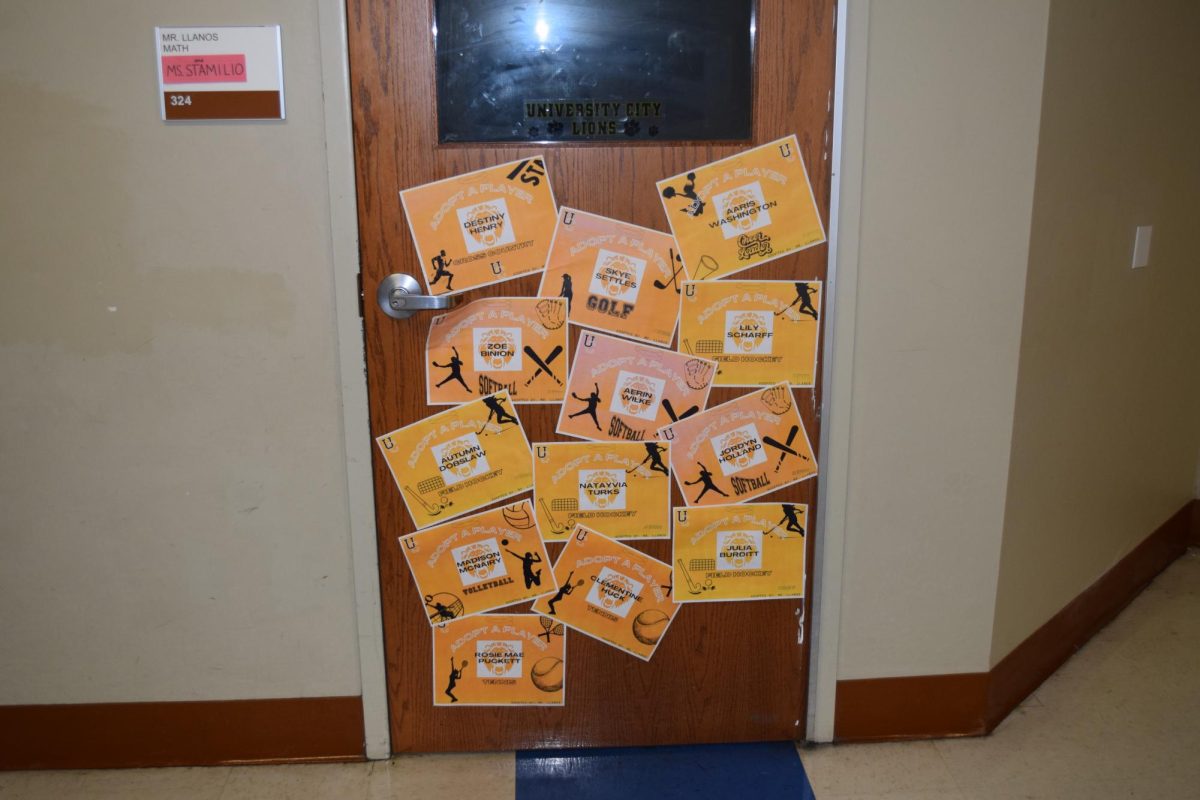





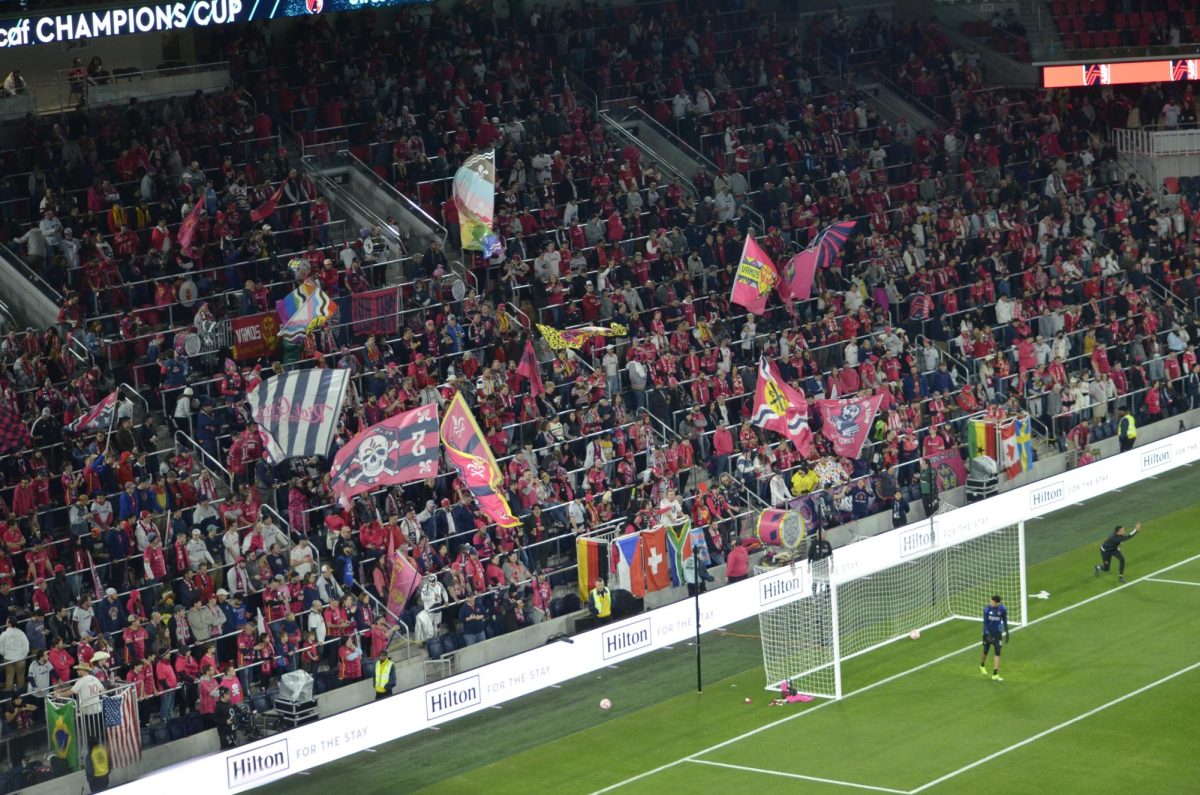

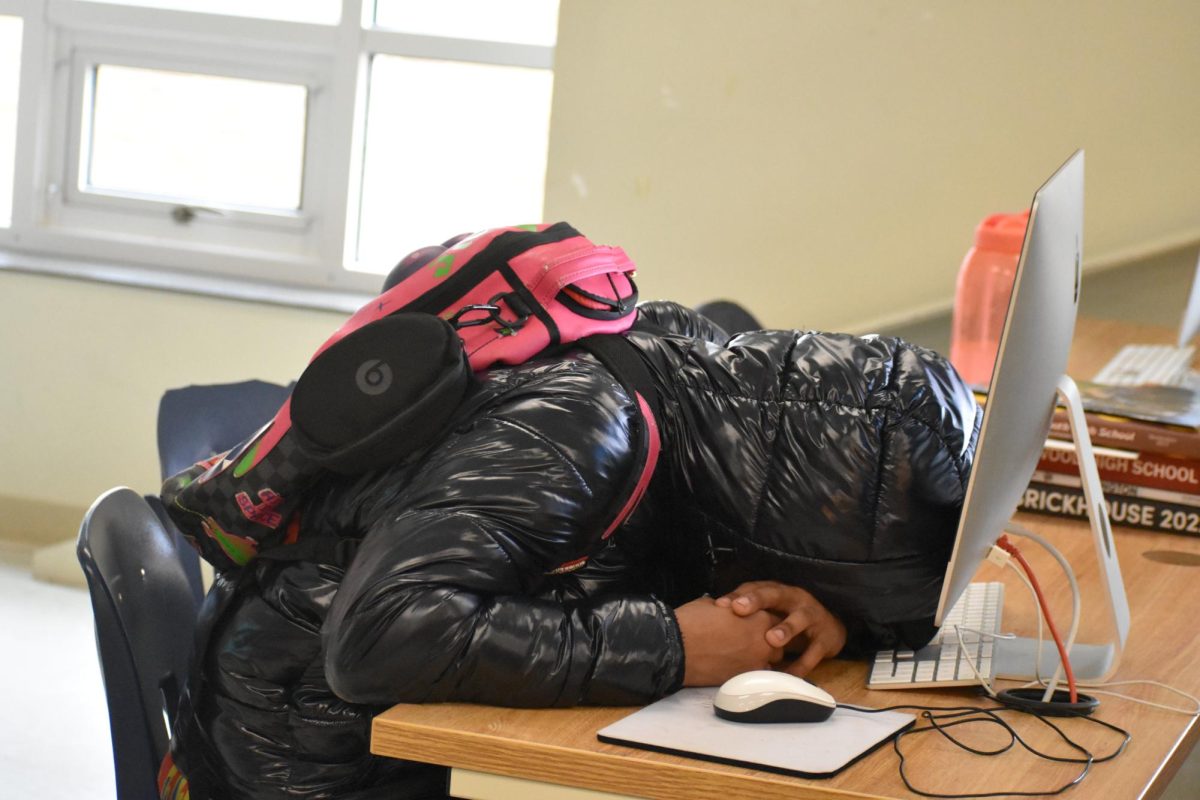
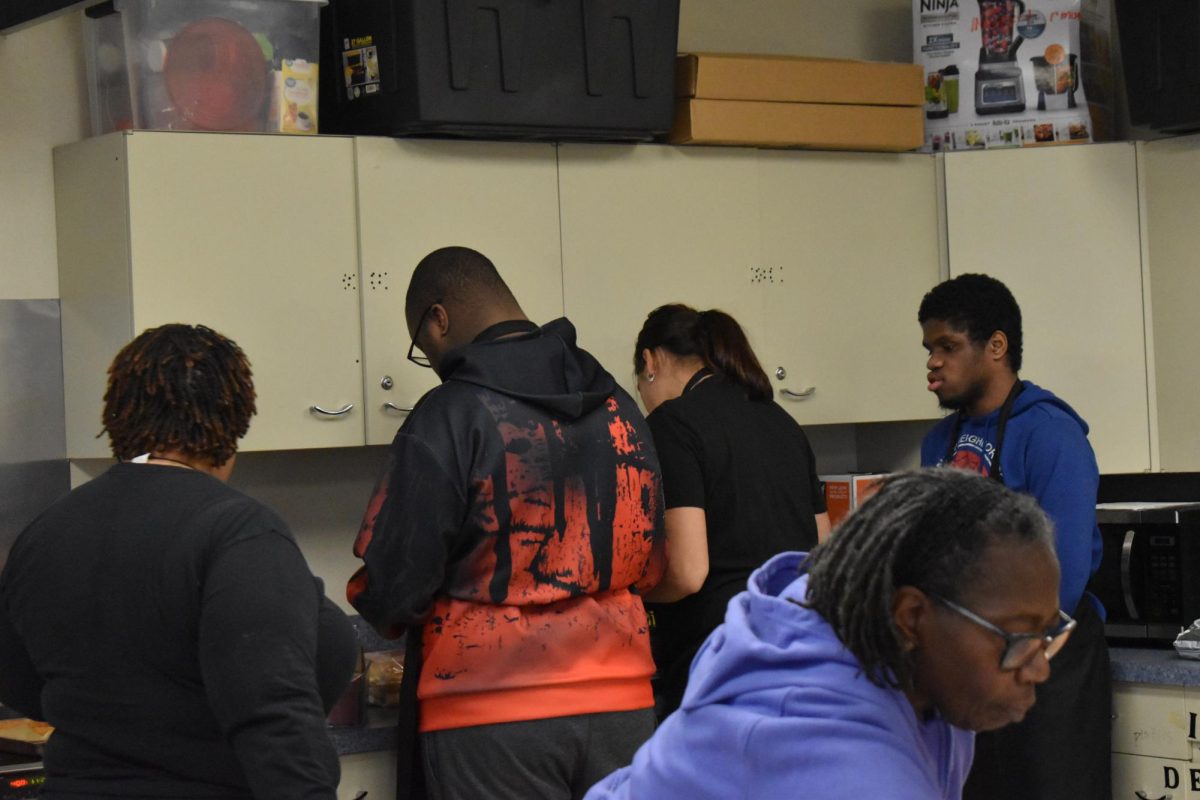
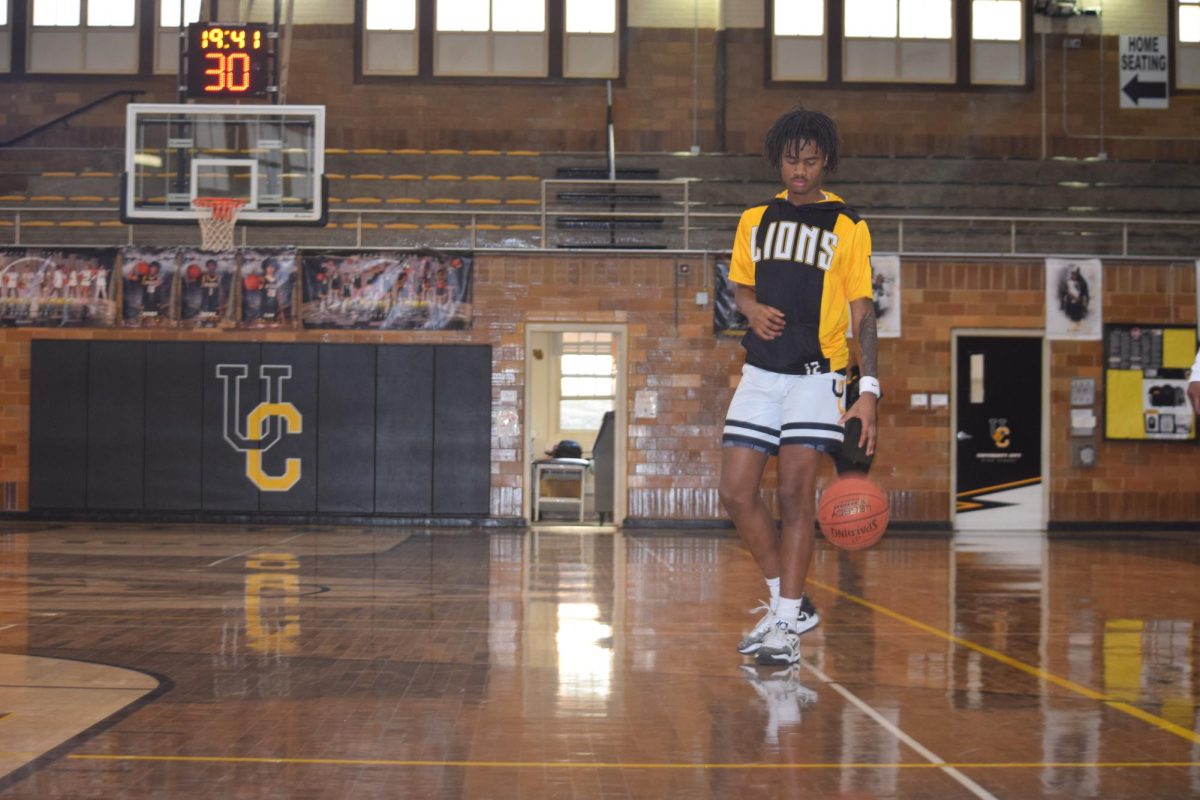



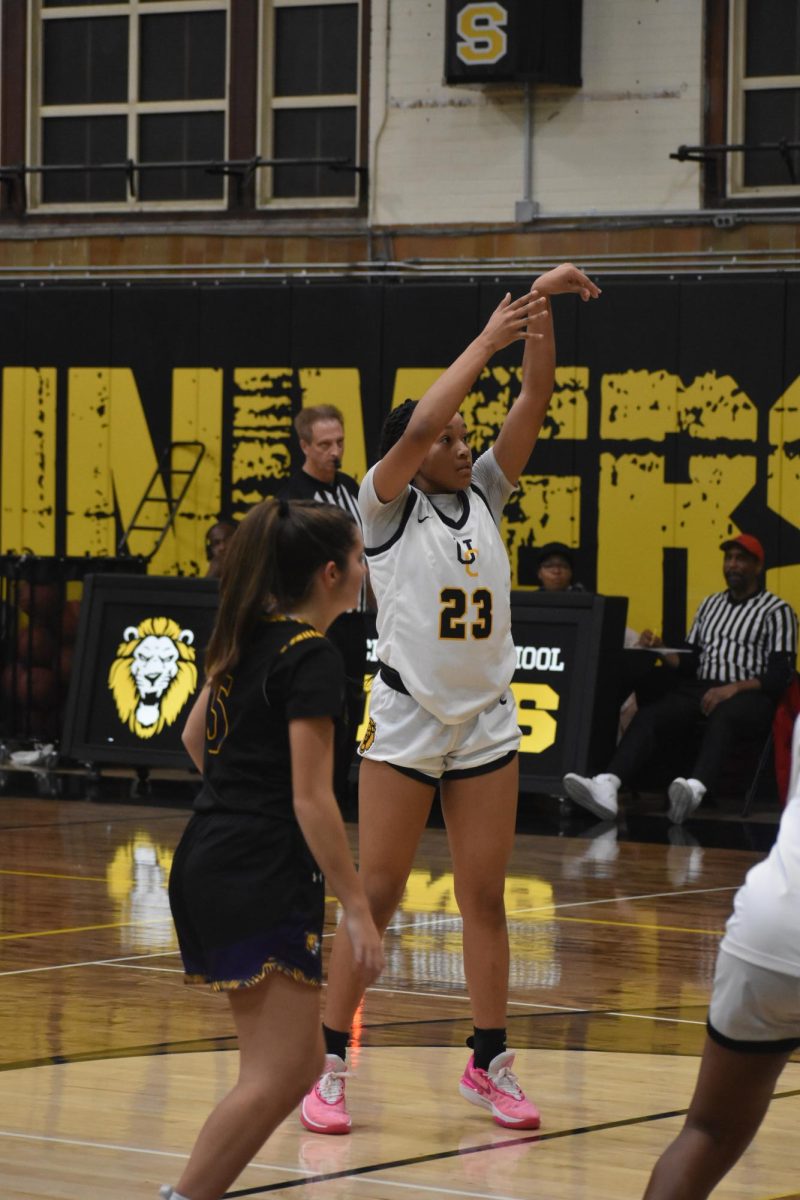














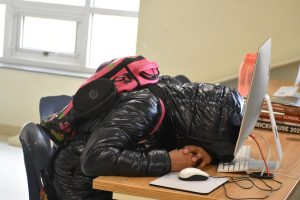





Jeffrey Gale • Mar 29, 2018 at 1:54 PM
It was a great pleasure to speak to the journalism class during my brief visit to University City High School. I found the article to be both impressive and informative. Even though I grew up in U City, I learned a number of things that I did not know. Thank you!
I am proud to be a U City graduate. Spending my formative years in a school system that made the painful transition to multiculturalism excellently prepared me for my interfaith work as an ordained reform rabbi. My skills interacting with a diverse, multicultural community in Northern Manhattan were shaped by my experiences in the University City School system. It’s definitely a subject for a future book!